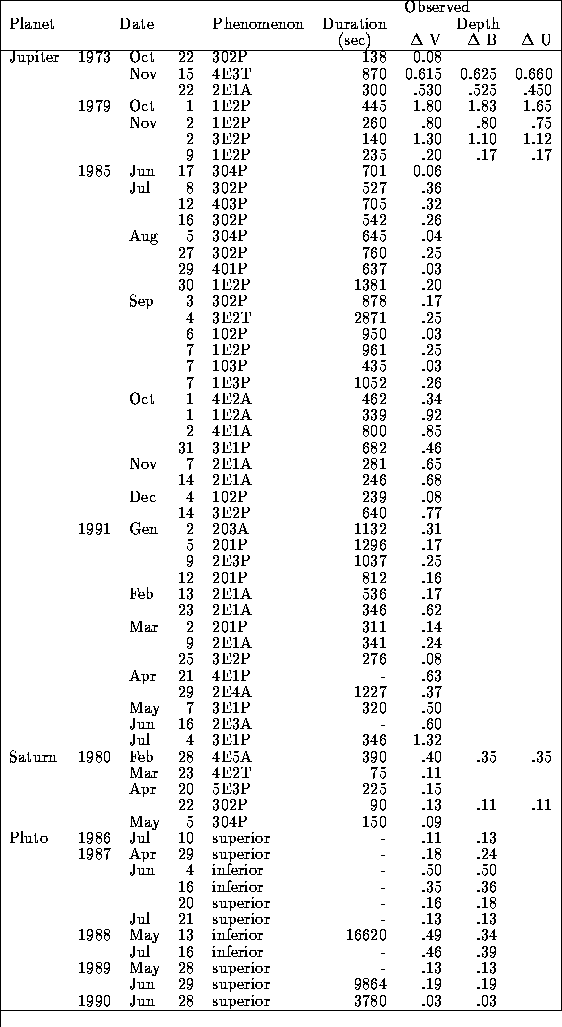
Table 1: Instrumental characteristics of observation campaigns and number of good registered events. All the observations were carried out at Serra La Nave stellar station of Catania Astrophysical Observatory.

The Astronomy Institute of Catania
University and the Catania Astrophysical Observatory can boast of a
long experience in photoelectric observations of mutual phenomena
between minor bodies of the solar system. All the observations were
carried out at Serra La Nave stellar station of Catania Astrophysical
Observatory. Table 2 shows the instrumental characteristics of observation
campaigns and the number of good registered events. Table 2 illustrates
the relevant data of phenomena. The Planet, date and nature of the
phenomena are listed in the first three columns, the observed duration and
depths are listed in the following four columns. The greater amount of
observed phenomena is constituted by
mutual events between the Galilean satellites (Blanco and Catalano 1974,
Aksnes et al. 1984, Blanco C. 1988, Arlot et al. 1992, Arlot et al 1995).
The observations were collected during the last four campaigns over the
years 1973, 1979, 1985 and 1991.

Table 1: Instrumental characteristics of observation campaigns and
number of good registered events. All the observations were carried
out at Serra La Nave stellar station of Catania Astrophysical Observatory.

Table 2: Relevant observed data of the phenomena. The first three
columns report the Planet, data and nature of the phenomena,
the following four the observed duration and depths
The observation results of 1973 mutual events have been much useful
to define the parameters and the surface morphology of the satellites.
The comparison between the albedo of the eclipsed area and the loss of
light observed during Europa's occultation by Ganimede on Oct 22,
infer the existence, on Europa, of polar caps covering about the  of the satellite's surface (Blanco and Catalano 1974).
of the satellite's surface (Blanco and Catalano 1974).
The 1979 apparition was a poor one, requiring that most observations be made
through large air masses, thus resulting in uncertain sky corrections and
approximate lightcurves. Since the Voyager missions have provided
accurate radii for the Galilean satellites and described surface
features and albedo variations, the observations of mutual events,
were best used for astrometric purposes. The relative positions in
right ascension, cos
cos , and declination,
, and declination, of a satellite pair at
midevent were tabulated (Aksnes et al. 1984).
of a satellite pair at
midevent were tabulated (Aksnes et al. 1984).
In the following campaigns the astrometric purpose of the observation
data and the improvement of the integration time up to measures
of 0.1 sec, suggested the employement of the V filter only. The 1985 campaign
was the most favorable because it occurred during the opposition of
Jupiter with the Sun, thus the observations were easier and a total
of 37 events was collected. 22 of these were of special quality with a
resolution good enough to improve the satellites' orbits. An attempt to
verify the longitudes discrepancy did not give meaningful results. The
displacements both for the eclipses and for the occultations are
without any preferential direction even for the same type of
phenomenon. All the lightcurves that can be useful were enclosed in "A
catalogue of the observations of the mutual phenomena of the Galilean
satellites of Jupiter made in 1985 during the PHEMU85 campaign" (Arlot
et al. 1992).
The 1991 phenomena were
observed following the PHEMU91 campaign suggestions and their publications
is in progress (Arlot et al. 1995). We observed 29 phenomena, 9 of which
were of good quality, 4 sure and 1 not sure, relatively to the resolution
needed to improve the satellites orbits.
The only observed campaign of mutual events between Saturn's satellites
spanned from February to March 1980. To the intrinsic observation
difficulties due to the proximity of the satellites to Saturn and the
mutual distance between the satellites, the bad weather conditions that
characterized the campaign must be added. 24 events were observed, however
only one of them is of good quality and 4 may appear to be real eclipses
and/or occultations (Aksnes et al. 1984). The phenomena were observed
in the U, B, V colors with an integration time of 3 sec and a wait
time of 1 sec.
Pluto and Charon remain the only planetary system of our solar system
that has not been visited by a spacecraft yet, therefore,
together with the stars' rare and sporadic occultations, the mutual
events represented the best opportunity to define their surface
morphological characteristics. From 1986 to 1990, on the ground of the
"Pluto-Charon Mutual Eclipse Season Campaign" we observed 14 events. A
global analysis of Pluto-Charon data shows no systematic relevant
deviations between the predicted and observed times of the events and
between the predicted and observed values of the light losses. The
comparison between the behavior of B and V lightcurves shows that
for the superior events the slope of the B light losses seems greater than
that of the V light losses, while in the case of the inferior events there is
a slight indication of a greater slope of V light losses. From an
analysis of B-V plots it appears that during the transit of Charon in
front of Pluto, the V depth clearly increases, while during the
occultation of Charon by Pluto a slight increase in the B depth takes
place in coincidence with the minimum light. These facts are in
agreement with the different colors of the two bodies and confirm the
redder color of Pluto with respect to a bluer (less red) color of
Charon's surface (Blanco et al. 1993).
